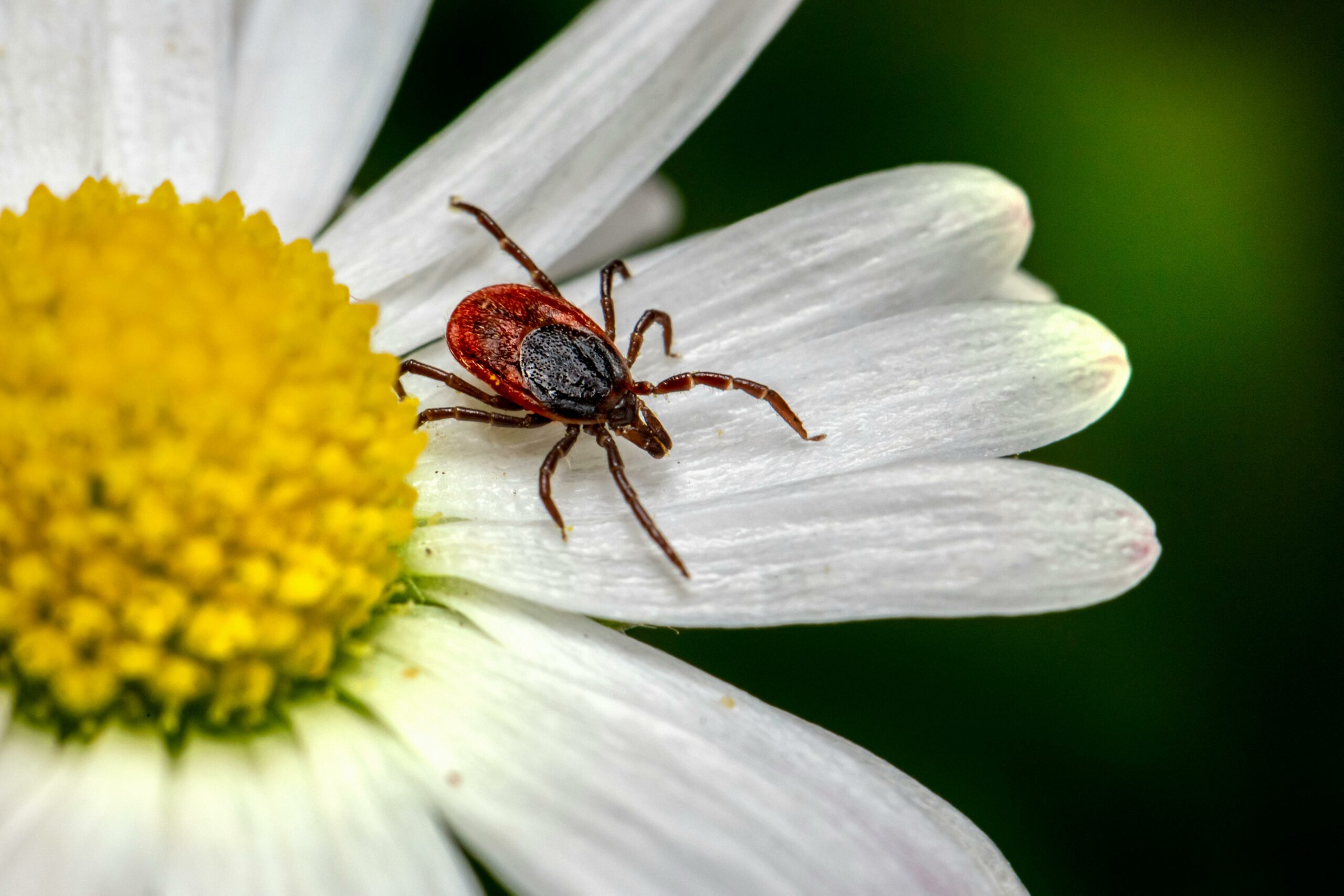A bad year for ticks? Take steps to protect yourself

MACOMB, Ill. — Ticks! I can’t stand these parasitic arachnids. I have had far too many run-ins with ticks throughout my life. They seem to find me every year.
So far this spring I have found one Lone star tick (Amblyomma americanum) attached to me, and I have caught several other ticks headed my way looking for a bite to eat.
Fortunately, lone star ticks are not known to transmit Lyme disease, but there are plenty of other ailments they can impart to their human host. One such affliction is the dreaded alpha-gal syndrome that makes humans allergic to red meat.
Types of Ticks
Ticks come in a variety of different species. In Illinois, our most common tick found feeding on our pets, and humans is the American dog tick (Dermacentor variabilis). However, it is the infamous blacklegged (deer) tick (Ixodes scapularis) that receives the most attention as the primary carrier of Lyme disease. During their first year of life, the tiny deer tick larva is only slightly larger than the period at the end of this sentence. Deer tick larva feeds primarily on white-footed field mice in their first year. The next spring, deer ticks molt into a slightly larger, pin-head-sized nymph, which feeds on various larger animals, including people. During the fall of the second year, deer ticks molt to adults and feed primarily on deer.
Although rare in Central Illinois, in areas where they are more prevalent, deer ticks are commonly found in the leaf litter on forest floors. This leaves hikers, campers, conservation workers and gardeners more at risk of picking up a deer tick. Other species of ticks can be found in various habitats. I often encounter ticks in overgrown, weedy areas or prairie.
Protect Yourself from Ticks
If you are headed outside to a location suitable for ticks, there are ways to protect yourself.
- Avoid weedy areas, prairies or the woods. This is not an option for those who work in these environments.
- Wear long pants with the cuffs tucked into your socks. Don’t worry this look is in vogue in tick country.
- Apply an insect repellent containing DEET to socks, pants, boots, and exposed skin areas.
- Walk in the center of trails to avoid brushing up against vegetation.
- Wear a hat.
- Ticks are dark colored. Therefore, wear light-colored clothing so they stand out and can be easily removed.
- When working or hiking in the woods or brush, occasionally stop to do a quick group tick check.
- At home do a thorough inspection for any ticks that may have found their way under your clothing or in your hair.
- Shower, shampoo and do another check of the entire body.
- Wash clothes immediately in hot water.
Removing a Tick
If you or your “tick buddy” spots a tick attached to you, remove it with tweezers. Grasp the tick with the tweezers as close to the head as possible and pull straight off. Do not use a lighted match, twist or apply gasoline to a feeding tick. These home remedies can often cause more harm and increase the chance of infection.
Immediately wash the bite. Monitor the site for any secondary infection. If symptoms of illness and unexplained rash develop along with a fever, contact your physician.
Miss Clipping Out Stories to Save for Later?
Click the Purchase Story button below to order a print of this story. We will print it for you on matte photo paper to keep forever.

